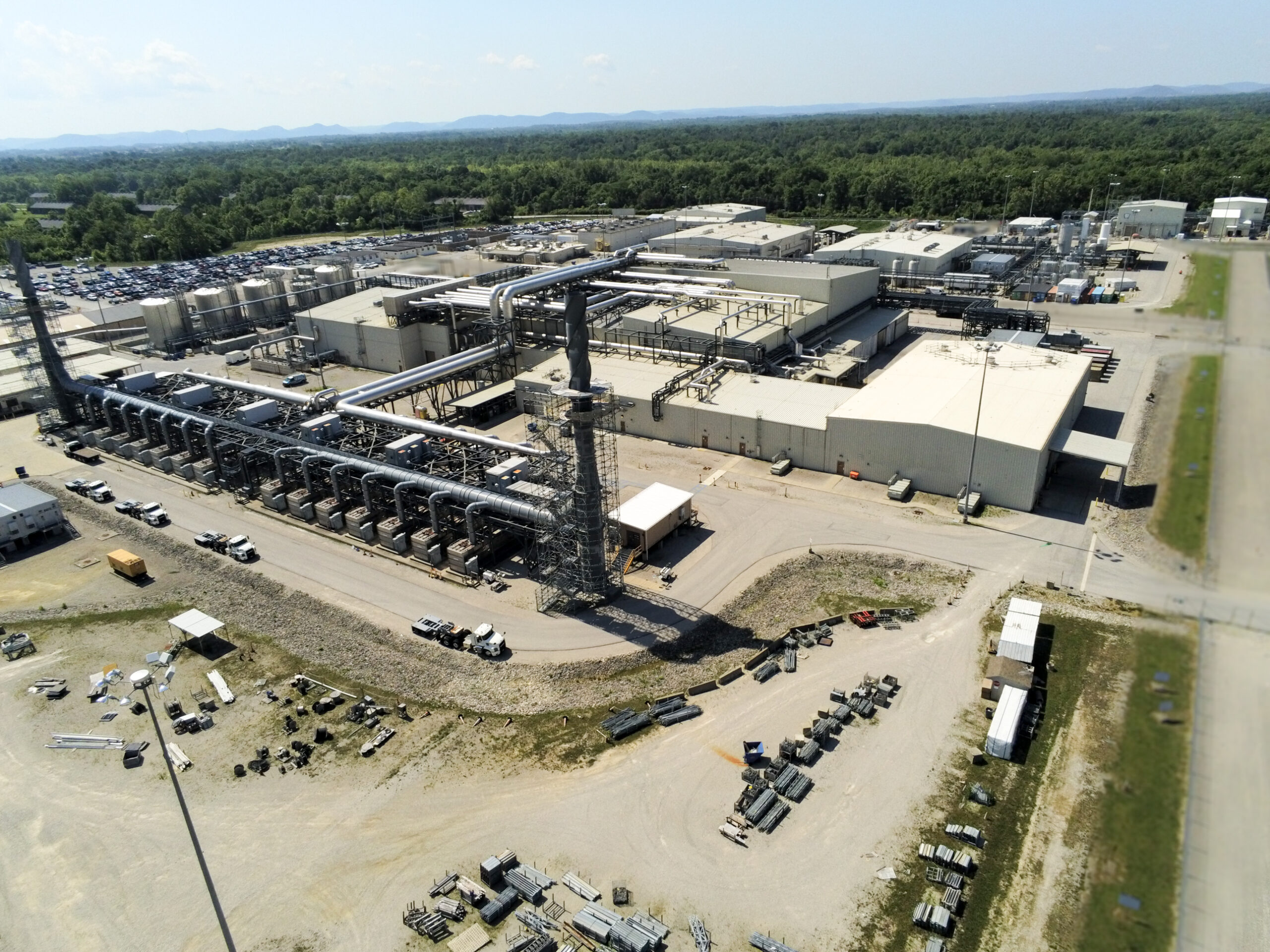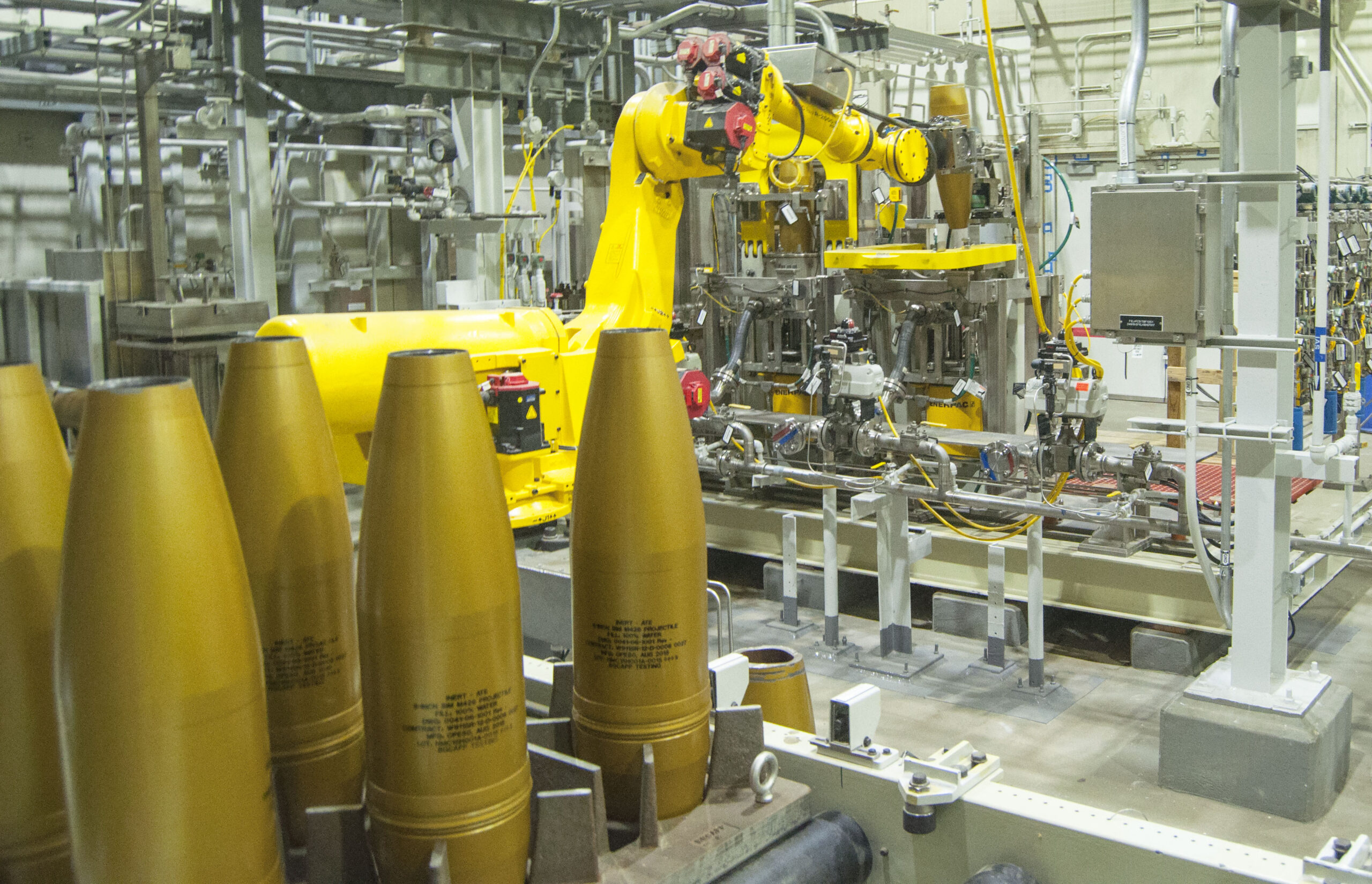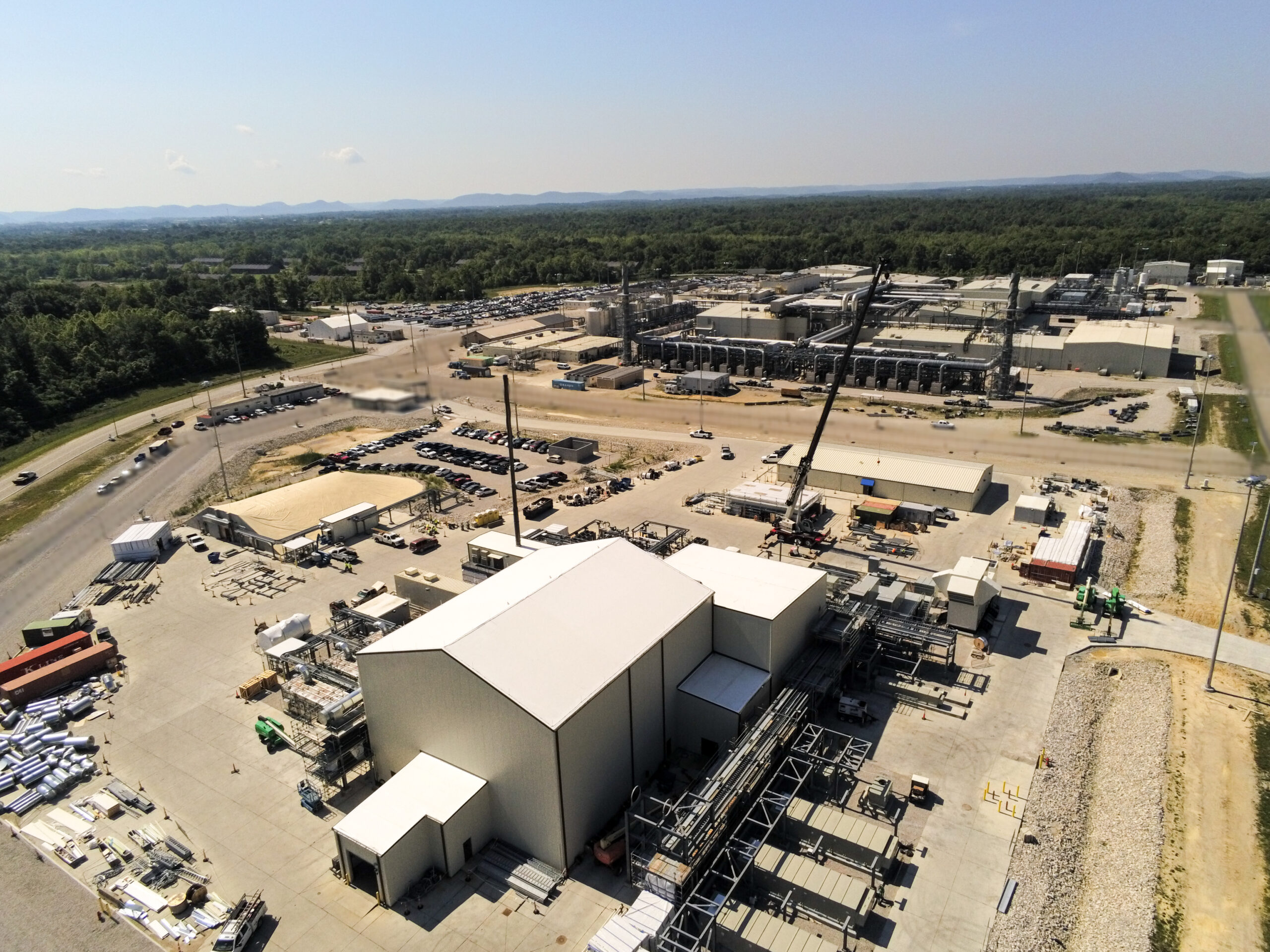Blue Grass Chemical Weapons Stockpile Destruction – Richmond, Kentucky
Client

- Department Of Defense - Program Executive Office Assembled Chemical Weapons Alternatives
Project Value 
$1.1B Parsons/$5.3B Joint Venture
Market

Federal Infrastructure
Services

Engineering, Program/Construction Management (PM/CM)
The Blue Grass Chemical Agent Pilot Plant is a 73-acre site located within the Blue Grass Army Depot in Richmond, Kentucky. The project processed 523 tons of chemical weapons that had been stored on the Depot. The Chemical Weapons Convention Treaty, an international arms control treaty the United States ratified in 1997, prohibits the development, production, acquisition, stockpiling, retention, transfer, or use of chemical weapons by all members.
On July 7, 2023, the U.S. announced the final munition in the nation’s obsolete stockpile of chemical weapons was safely destroyed, an accomplishment months ahead of schedule.
Under the Chemical Weapons Convention Treaty, the U.S. was obligated to destroy its stockpile of chemical warfare agents. The stockpile in Richmond, KY was the most technically challenging due to the type of agents, how they were weaponized, and the deteriorated condition the stockpile. The agents consisted of the blister agent Mustard in 155mm projectiles, the nerve agent Saran (GB) contained in 8-inch projectiles and M55 rockets, and the nerve agent VX contained in 155mm projectiles and M55 rockets.
Overcoming Safety Concerns
Concerns over safety prompted the Department of Defense to pursue innovative technologies, as opposed to incineration, to destroy the remaining chemical weapons. Parsons was on the joint-venture project team that designed unique processes incorporating first-of-a-kind technologies necessary to complete the mission safely:
- Static detonation chambers
- Robotic reverse assembly systems
- Chemical neutralization
- Thermal decontamination
- X-ray inspection systems
- Multiple agent monitoring systems
- Explosive containment structures
- Cascade ventilation systems for agent containment
Our Role In The U.S. Chemical Weapons Destruction
We were responsible for planning and executing the design, construction, systemization, demonstration, operation, and closure of the facility, incorporating these technologies. All work was completed under the observation of a rotating group of international treaty inspectors.
- Drone footage of the main plant area.
- The Cavity Access Machines (CAMs) are among unique the first-of-a-kind (FOAK) process equipment designed and fabricated specifically for the project.
- An aerial of the Blue Grass Chemical Agent Destruction Pilot Plant.
Project Scope
- Designer of record
- Provide first-of-a-kind (FOAK) agent processing equipment
- Environmental permitting
- Environmental compliance
- System Safety
- Waste Management
- 1/3 of operations Staffing
Innovative Technology At Work
Most of the chemical weapons stored at the Blue Grass Army Depot were destroyed using neutralization; however, the use of an explosive destruction technology (EDT) was necessary to destroy a portion of the inventory that presented a problem to process in the main plant. Learn more about these technologies below.
Learn More
Parsons has an extensive history of delivering solutions to our federal clients that make the world a safer place and benefit the environment. Learn more about our complex infrastructure delivery solutions to treat munitions production waste safely and effectively.




